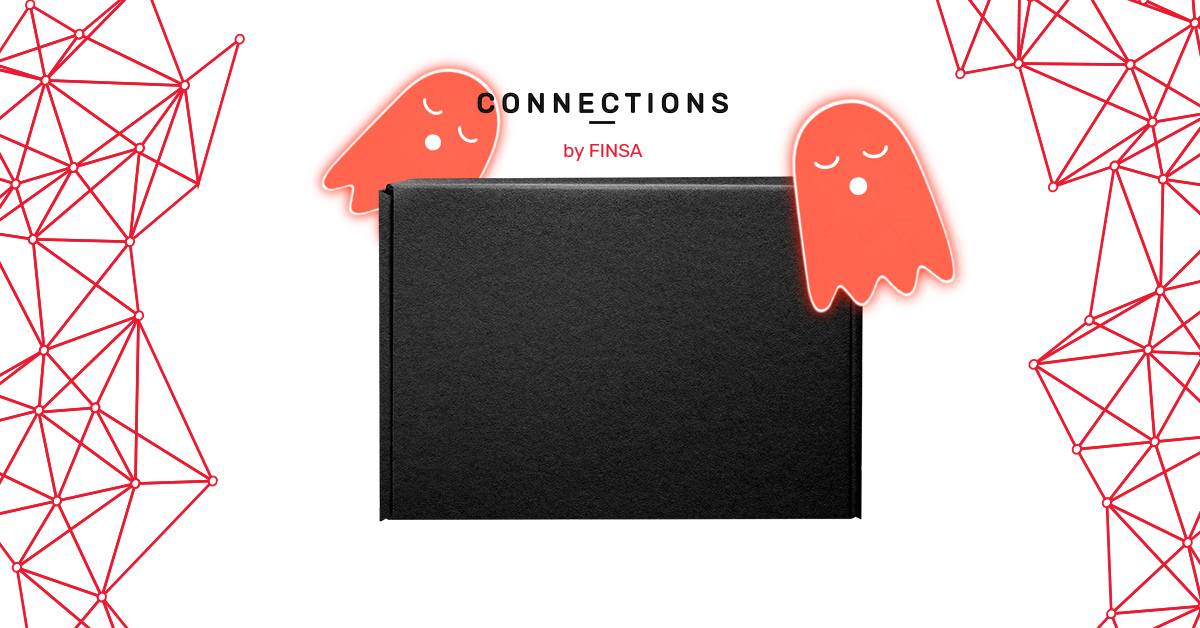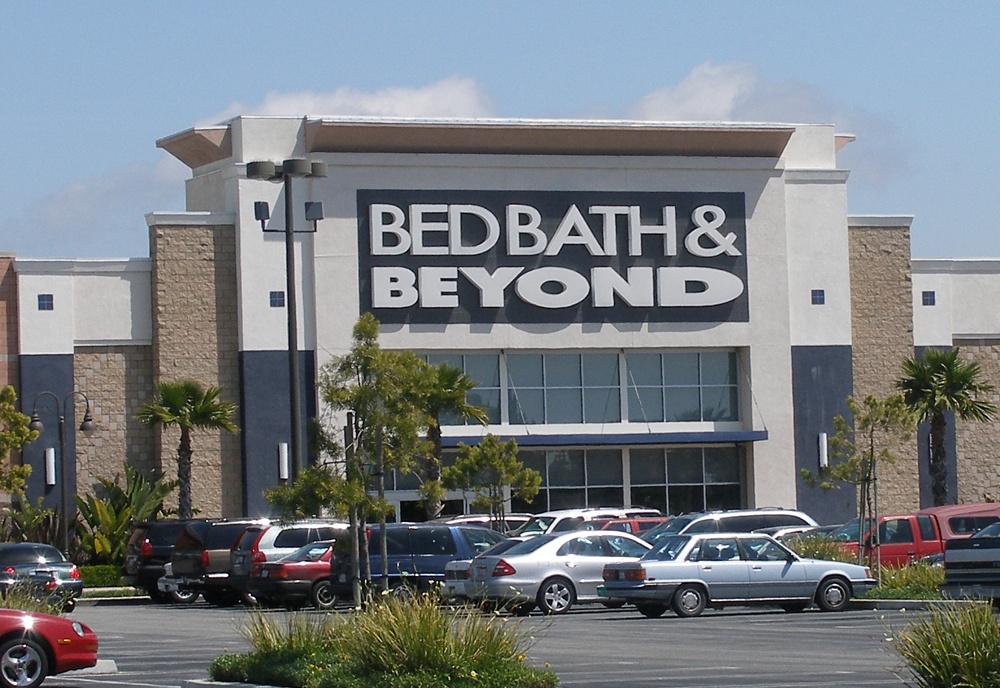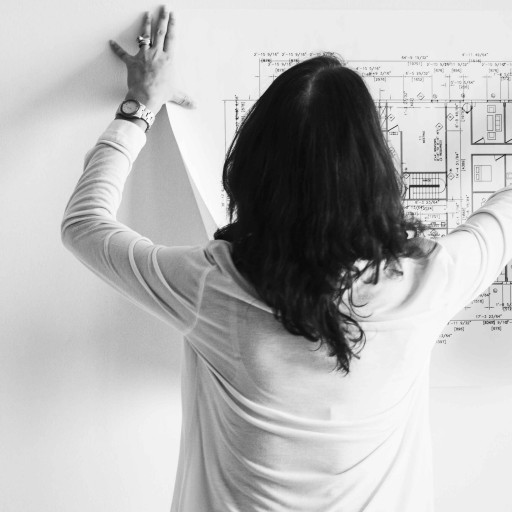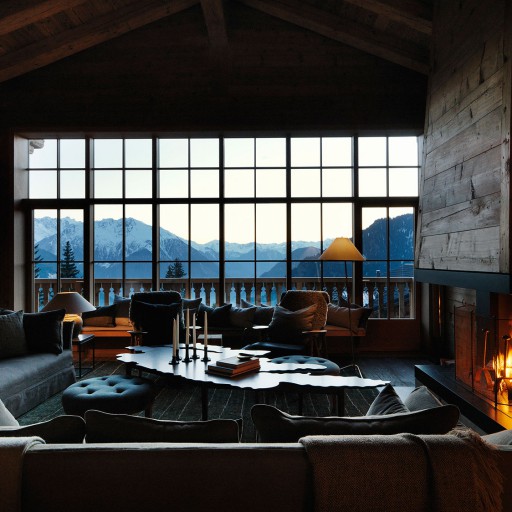The term ‘dark stores’ refers to shops that have turned into warehouses in an effort to meet online shopping demands. These spaces are also known as ‘goods-to-person’, ‘pickstations’, and ‘dotcom centres’. Let’s take a closer look at four examples of this successful model:

Tesco
Tesco supermarkets have had a presence in the online retail space as well as dark store locations for more than ten years. The company opted to build its warehouses in urban areas so that they can fulfill online orders quickly. Their latest offering is their Same Day Delivery service, which allows users who place their online orders before midday to receive them before 6pm the same day.
Dija
Dija started out as a ghost supermarket that guaranteed delivery within ten minutes of placing an order. It’s a start-up based on the dark store model. In Spain, it’s currently only operating in Madrid. The company strives to be environmentally friendly and, with that in mind, they have own fleet of electric vehicles.
Ver esta publicación en Instagram
Goxo by Dabiz Muñoz
Dabiz Muñoz, whose restaurant DiverXO has won three Michelin stars, has jumped on the delivery bandwagon with his new brand, Goxo, a ghost restaurant or ‘dark kitchen’ which makes food that is then delivered by Glovo riders to customers in Madrid and Barcelona. The delivery company says that response from clients has been “wonderful”.
Ver esta publicación en Instagram
Bed, Bath & Beyond
Bed, Bath, & Beyond, a retail chain that sells homewares, has turned 25% of its bricks-and-mortar stores into logistics centres in order to meet the online order demands. The move had some excellent results that changed how the company will invest their money in the future. They are now focusing on omnichannel retails and improving their capacity to fulfill online orders.




 (@elgoxo)
(@elgoxo)

